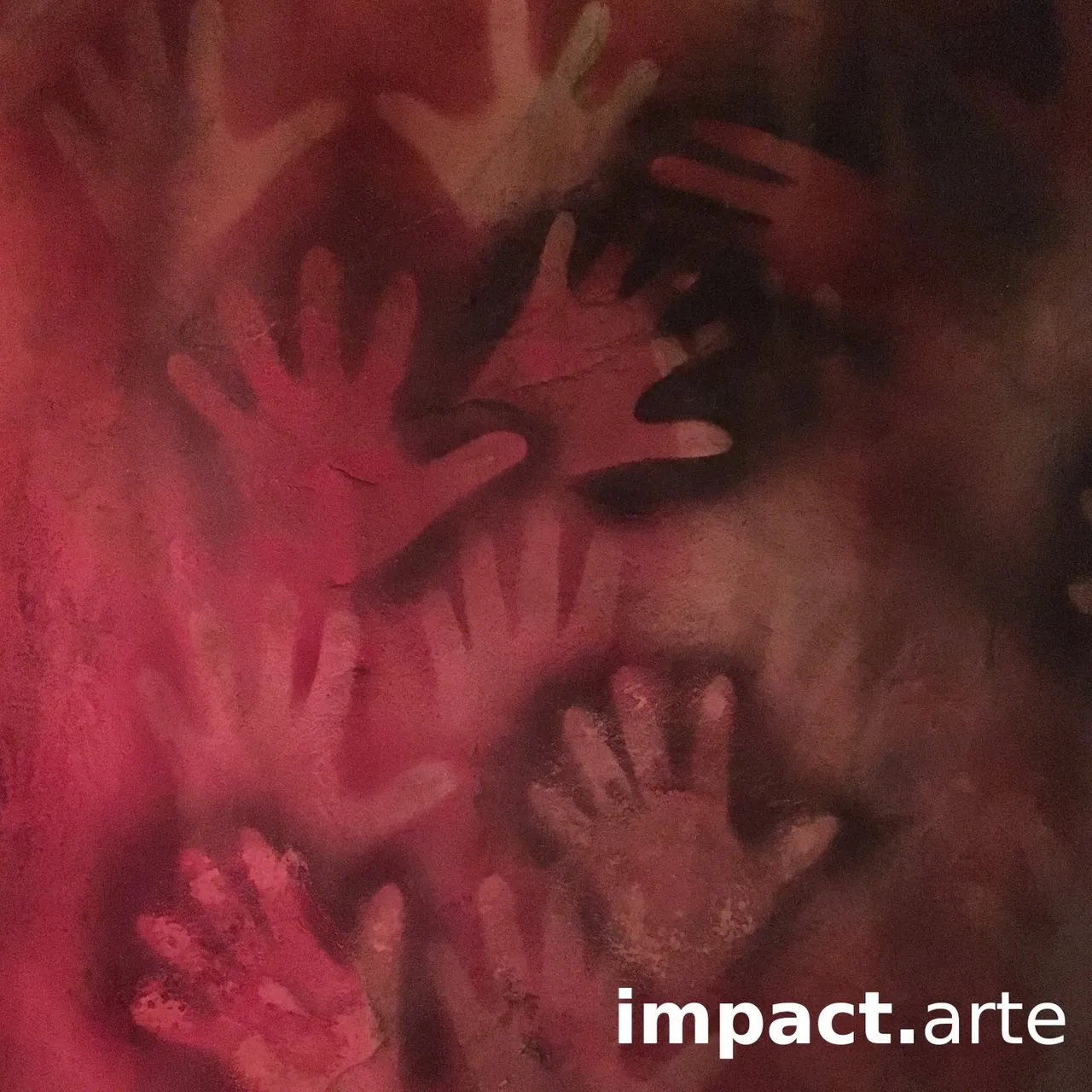
Welcome to the second episode of impact.arte!
I am happy to present to you an insightful and thought-provoking conversation with an accomplished and sought after soloist, chamber musician, teacher, and orchestra leader, the Canadian violinist Renée-Paule Gauthier.
Renee has won awards in several competitions, including the exclusive three-year loan of the Taft Stradivari violin in the 2009 edition of the Canada Council for the Arts’ Musical Instrument Bank Competition. She tells us about this amazing experience during this conversation.
Renee is active on Instagram and Facebook (@mindoverfinger), where she regularly posts videos or messages that I consider relevant for anyone, regardless whether artists, students or others. To have an idea of her incredible artistry, I encourage you to check out her amazing performance of Bach’s Adagio from Sonata No. 1 in G Minor, BWV 1001 on YouTube (youtu.be/5k8PYBOaw7A).
I first came across Renee’s work through Instagram, and her profile name immediately caught my attention: mind over finger. I started following her, and soon realized how useful her insights can be to develop a deeper understanding of how our mindset influences the way we perform or show up, in musical performances, or in everything we do, for that matter.
This brings us to the concept of mindfulness, which Renee explains very well in this conversation.
To complement Renee’s insights in this topic, you can find a comprehensive explanation and additional information from the University of Berkeley here:
greatergood.berkeley.edu/topic/mindfulness/definition#what-is
along with references to the benefits provided by the practice and use of mindfulness, according to several specialist research. Super interesting stuff and with the potential to enhance your life or whatever it is you do!
Here are some particularly interesting extracts from this page:
Mindfulness means maintaining a moment-by-moment awareness of our thoughts, feelings, bodily sensations, and surrounding environment, through a gentle, nurturing lens.
Mindfulness also involves acceptance, meaning that we pay attention to our thoughts and feelings without judging them—without believing, for instance, that there’s a “right” or “wrong” way to think or feel in a given moment. When we practice mindfulness, our thoughts tune into what we’re sensing in the present moment rather than rehashing the past or imagining the future.
According to this web site, many studies seem to have demonstrated the benefits of mindfulness, ranging from physical benefits, such as boosting the immune system and improving quality of sleep, to enhancing the ability to focus and concentrate, and social and interpersonal awareness.
Renee describes very eloquently how to apply and practice mindfulness when learning an instrument, or to enhance an artist’s technique and expression. I am sure everybody can benefit from applying Renee’s insights in their daily activities.
Some additional tips I came across on how to practice mindfulness include:
- Pay close attention to your breathing, especially when you’re feeling intense emotions.
- Notice—really notice—what you’re sensing in a given moment, the sights, sounds, and smells that ordinarily slip by without reaching your conscious awareness.
- Recognize that your thoughts and emotions are fleeting and do not define you, an insight that can free you from negative thought patterns.
- Tune into your body’s physical sensations, from the water hitting your skin in the shower to the way your body rests in your chair.
- Find “micro-moments” of mindfulness throughout the day to reset your focus and sense of purpose.
- Mindful breathing, which involves bringing attention to the physical sensations of the breath as it flows in and out.
- Body scan, where you bring attention to different parts of your body in turn, from head to toe.
- The raisin exercise, where you slowly use all of your senses, one after another, to observe a raisin in great detail, from the way it feels in your hand to the way its taste bursts on your tongue. This exercise is intended to help you focus on the present moment, and can be tried with different foods.
I hope this provides you with a good background on the main topic of the episode, and that this information sparked your interest to listen the conversation with Renee!
► Listen on DSound
► Listen from source (IPFS)